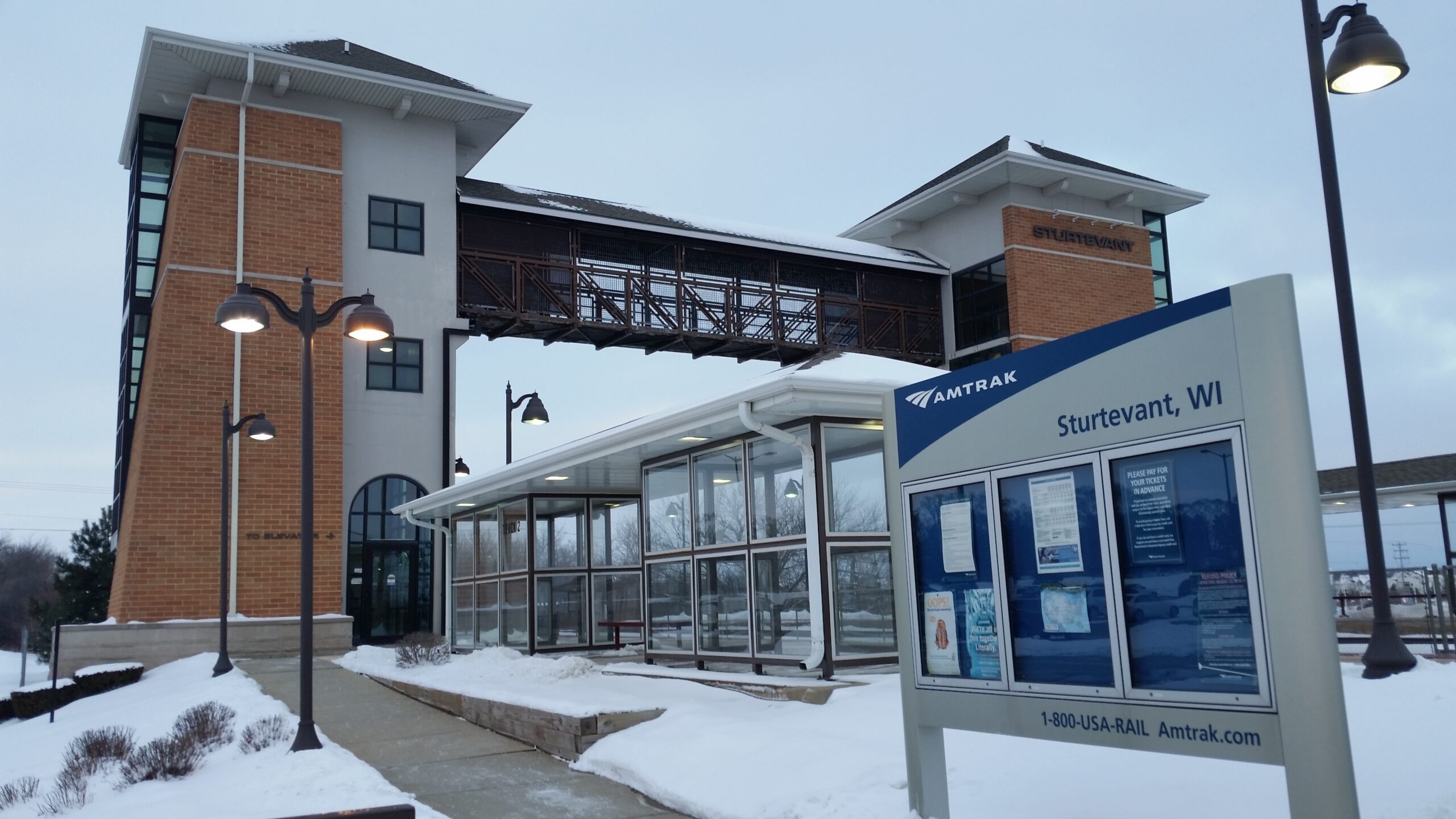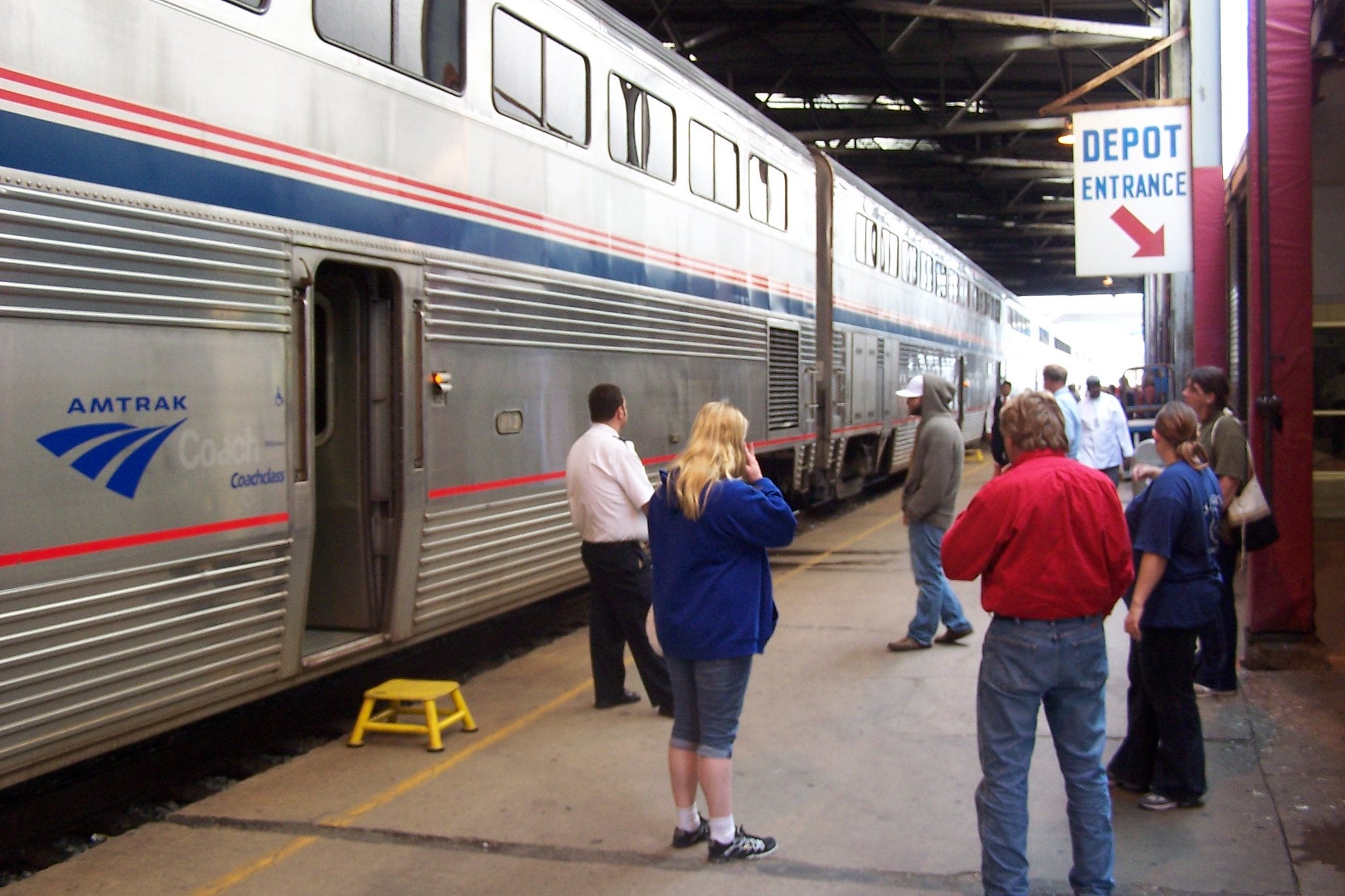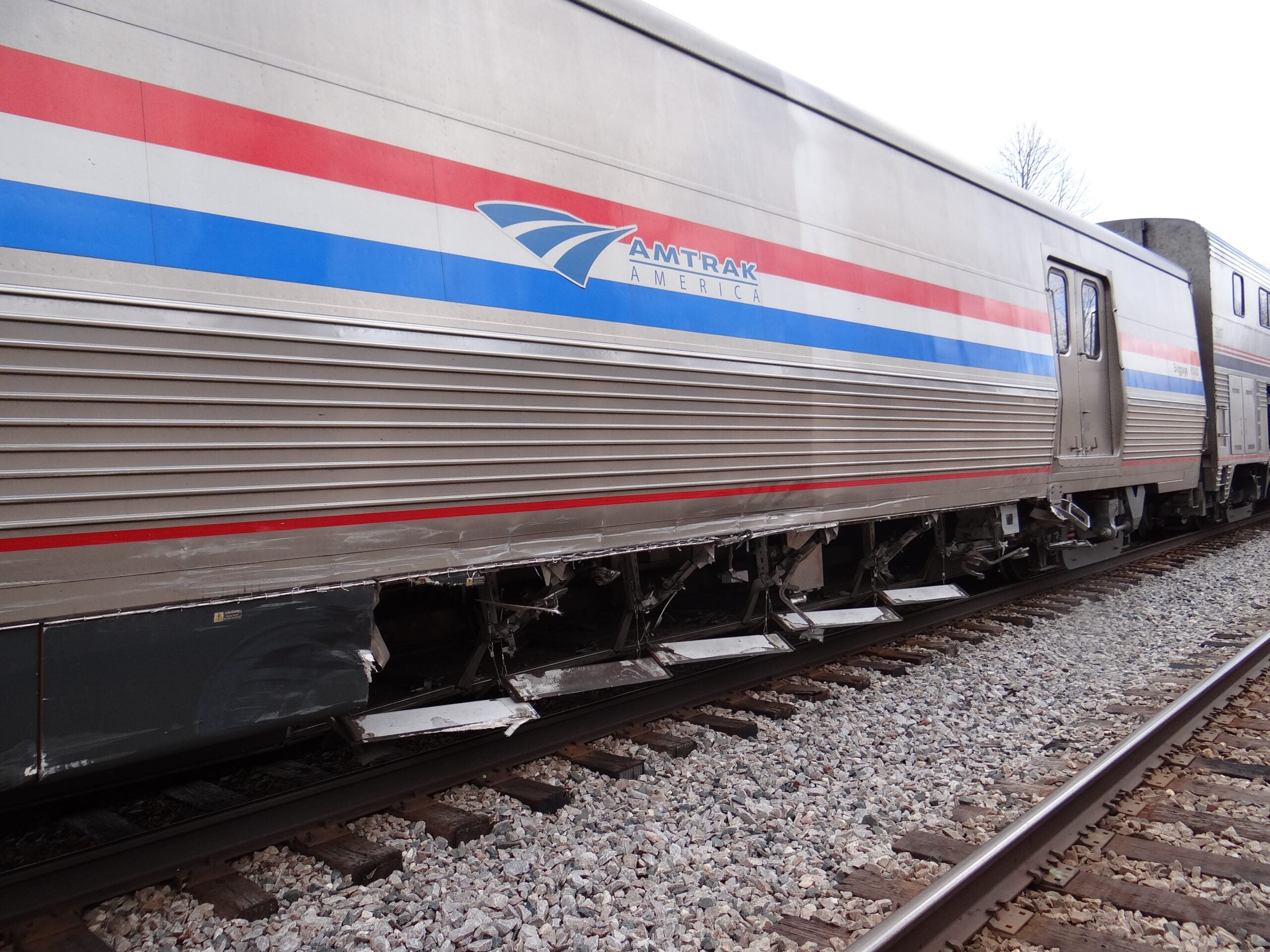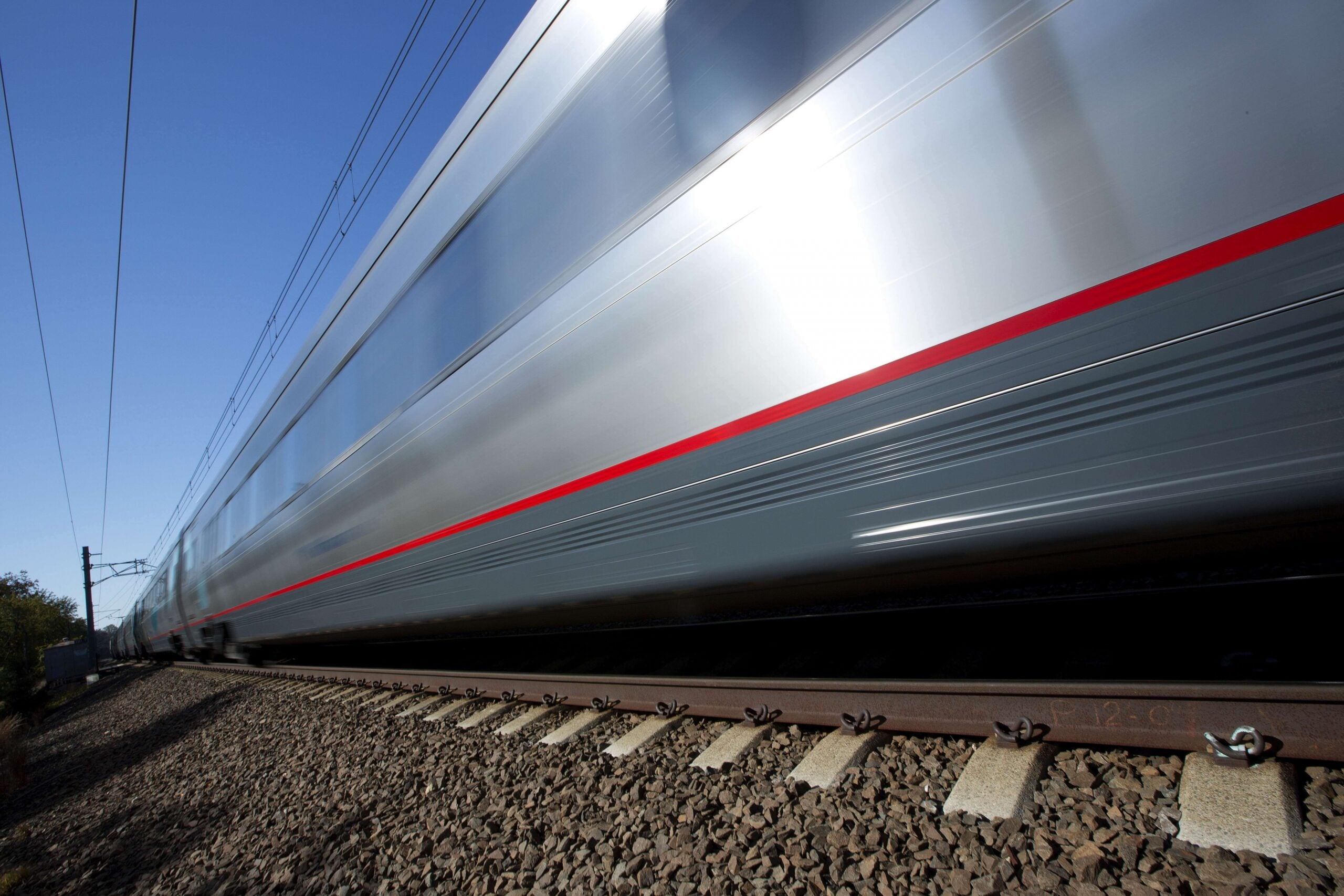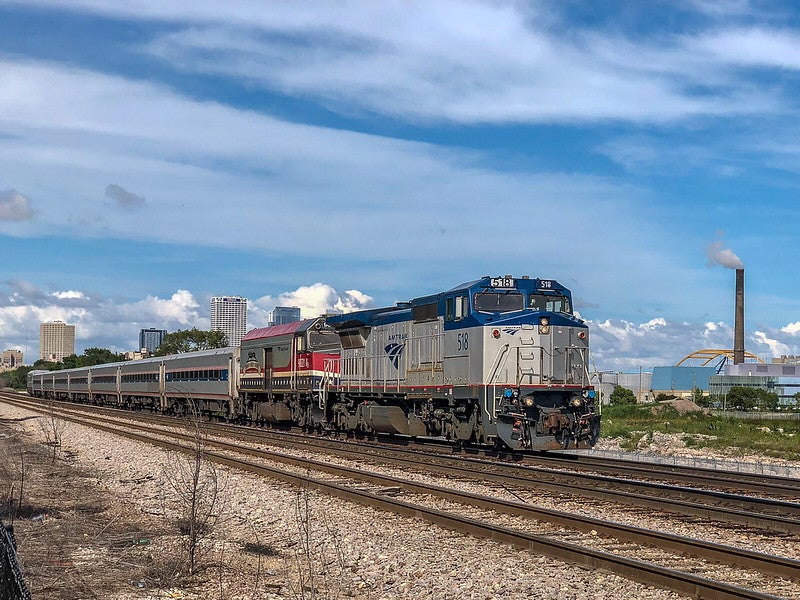Amtrak is seeking $22 billion in federal funding for building new passenger rail corridors, buying equipment and improving existing services, according to Arun Rao, who oversees development in the company’s central region that includes Wisconsin.
But those ambitions could face numerous barriers in the years to come.
Rao recently joined Wisconsin Public Radio’s “The Morning Show” to discuss the status of Amtrak’s expansion plans as passenger rail is experiencing an infusion of fresh government funding. In 2021, federal lawmakers approved $66 billion over five years for passenger rail development as part of a broader infrastructure package.
News with a little more humanity
WPR’s “Wisconsin Today” newsletter keeps you connected to the state you love without feeling overwhelmed. No paywall. No agenda. No corporate filter.
The following was edited for clarity and brevity.
Kate Archer Kent: Amtrak has lots of plans to expand transportation between Milwaukee and Chicago, add lines to Madison and Green Bay, and create a line between Chicago and the Twin Cities. What makes these corridors promising for development?
Arun Rao: Wisconsin is adjacent to the two economic epicenters of the Midwest mega region — Chicago and Minneapolis-St. Paul — and has strong markets and transportation corridors in between.
For example, Waukesha County, Watertown and Madison are just a short 85-mile extension of the Chicago-to-Milwaukee Hiawatha Service. Or Fond du Lac, the Fox Valley, Green Bay (is) another relatively short extension using that Amtrak Hiawatha service that we have between Milwaukee (and) Chicago as a base. Same with routes to the Twin Cities via both La Crosse and Eau Claire.
So, it’s really that strong foundation to build off (of) between Chicago and Milwaukee. We have our hub in Chicago that makes these routes feasible, expect high ridership and revenue, and to be able to operate them efficiently.
KAK: Short expansions also mean years and years of planning. You have seen that in the Twin Cities-Milwaukee-Chicago inner-city passenger rail service. What is the status of that second line?
AR: We are going to have our first success story of additional service in Wisconsin in many years. We expect to be able to start that service at some point this year. That will really double frequencies on that corridor and quadruple schedule options for trips that you can make from communities like Columbus, Portage, Wisconsin Dells, Tomah and La Crosse to Milwaukee, Chicago and the Twin Cities.
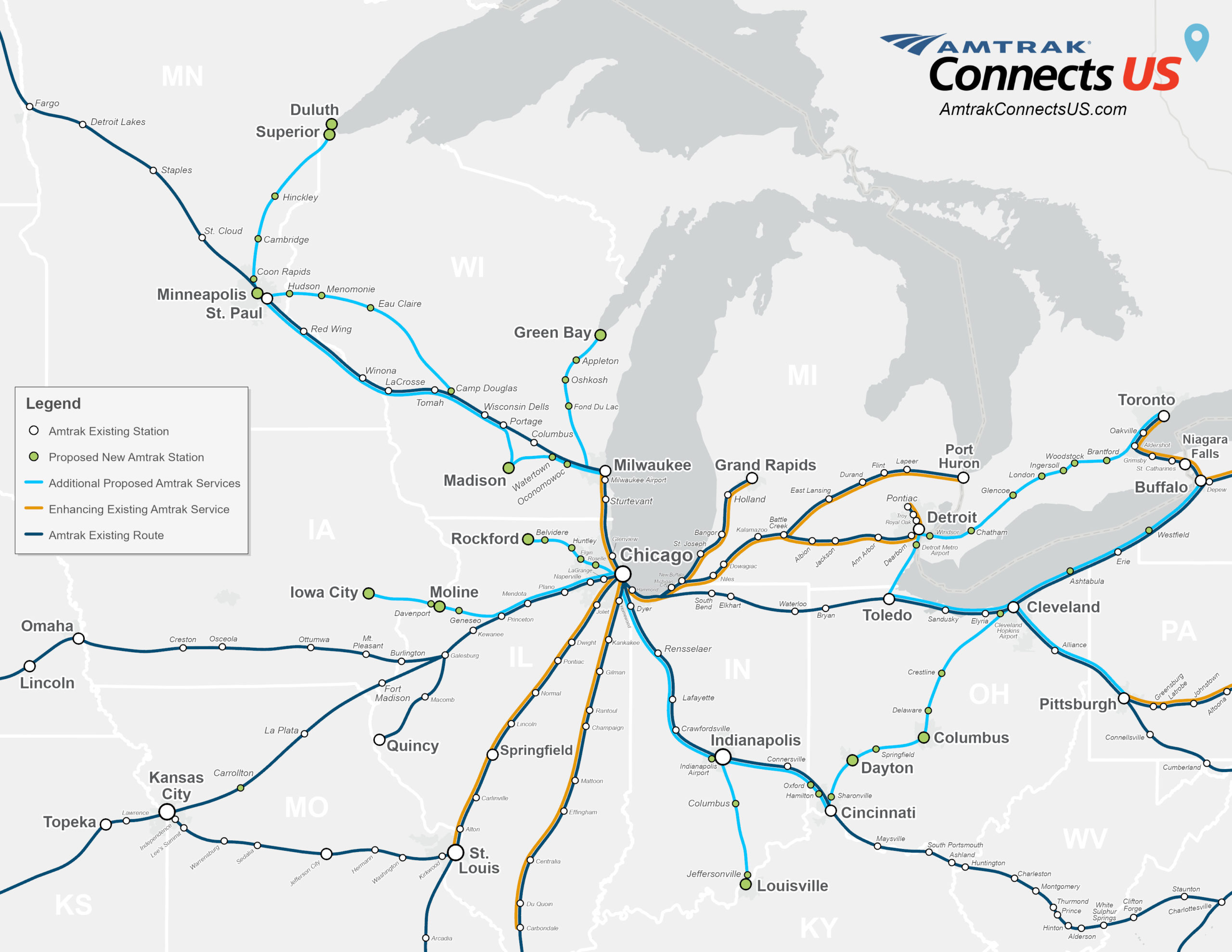
KAK: What is the status of the proposal to connect the Twin Cities and Duluth-Superior with the Northern Lights Express?
AR: That proposal has gone through many of these planning steps — the environmental clearance, determining what railroad improvements are needed and the preliminary designs of those. That is ready to move into the next phase of final design and construction. Minnesota is interested in pursuing that. They’re looking into that now with this new funding from the bipartisan infrastructure bill that is available.
KAK: Amtrak’s expansion plans include more than a dozen new routes in your Midwest region. What is the approach to connecting the coasts and making sure the Midwest matters in Amtrak’s broader picture?
AR: These Wisconsin routes would tie into Amtrak’s expanding Midwest network through connections at our hub in Chicago. This means people could go from the Wisconsin Dells to St. Louis, Madison to Ann Arbor, Watertown to Grand Rapids, Fond du Lac to Kansas City — just to name a few, as well as connections across the country. On our long-distance routes from Chicago … and other locations, we are even working on developing an international connection to Toronto, Canada.
We are working with the states on these routes, and there are many that are going to be moving forward now with the funding from the infrastructure bill.
KAK: Municipal leaders in seven communities in northeast Wisconsin sent a letter to the Federal Railroad Administration encouraging Amtrak to expand service from Milwaukee to Green Bay. What should these cities’ approach be to getting Amtrak’s attention?
AR: They absolutely have Amtrak’s attention … Getting the state on board with moving those corridors forward will be key. It would likely be the state or another eligible entity that does the initial application to get into what is called the Federal Railroad Administration’s Corridor Identification Program, which is the first step to move these corridors along to implementation.
KAK: What is the timeline for some of these projects?
AR: It will take anywhere from four to seven years for service to start on some of these new corridors where there currently isn’t service … Applications (for the Corridor Identification Program) are due in March. So, coming up quickly.
It starts with a service development plan, which can take about a year and will identify what railroad improvement projects are needed to add passenger trains onto an existing railroad. It’ll look at operating costs, capital costs, ridership, revenue and all of those performance details.
Next, we’ll need to clear all of the projects that have been identified that are needed on the railroad. We’ll need to clear them environmentally. And that can take from one-and-a-half to two years.
The next step after that will be the final design of those improvements and construction, which together can take about three years, and then the service can go into implementation. There are some cases, though, we may be able to push this a bit sooner.
Wisconsin Public Radio, © Copyright 2026, Board of Regents of the University of Wisconsin System and Wisconsin Educational Communications Board.
